Home>Renovation & DIY>Tools & Equipment>What Grit Sandpaper For Sanding Paint Off Wood
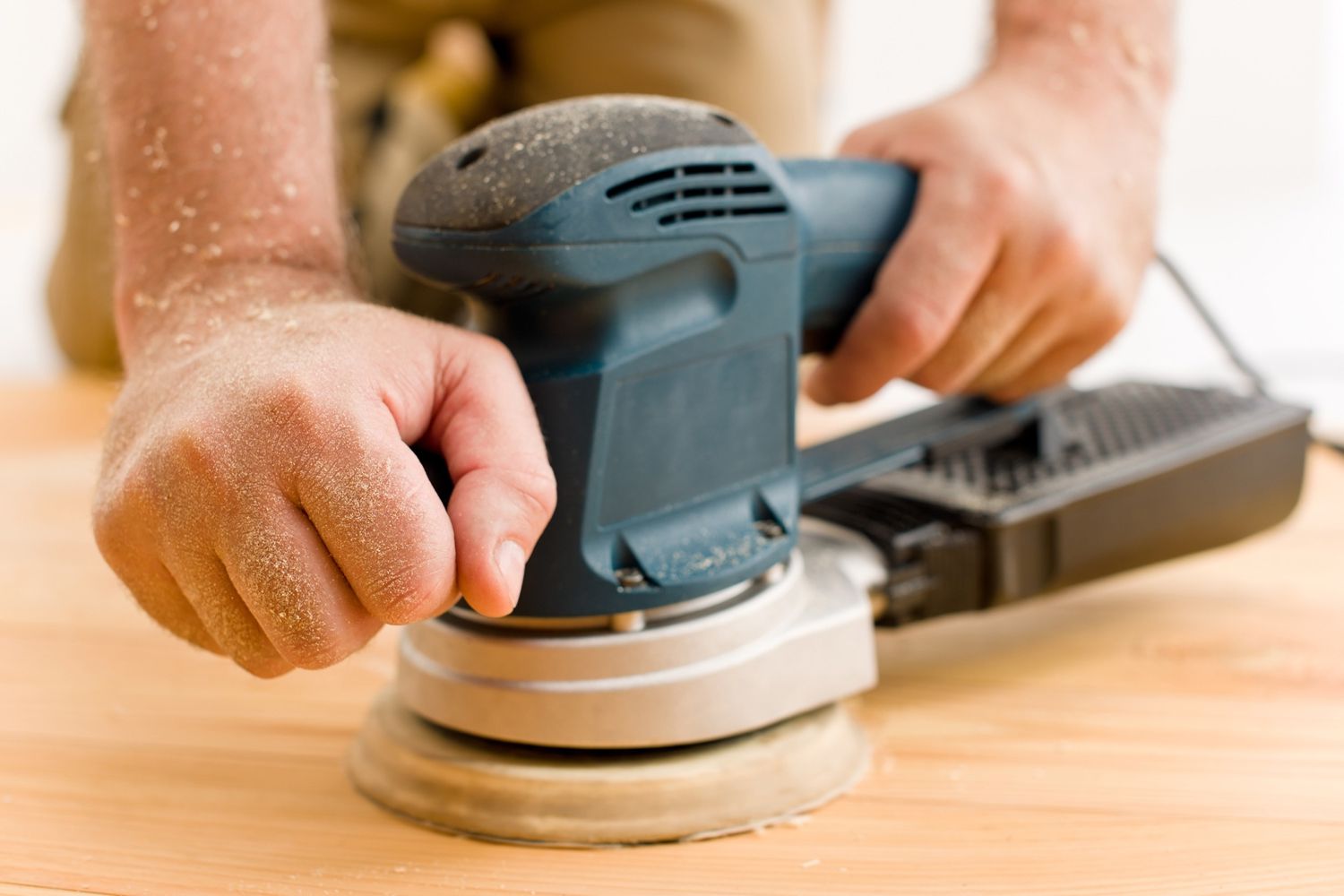

Tools & Equipment
What Grit Sandpaper For Sanding Paint Off Wood
Published: December 20, 2023
Discover the best grit sandpaper for efficiently removing paint from wood with our comprehensive guide. Find the right tools and equipment for the job.
(Many of the links in this article redirect to a specific reviewed product. Your purchase of these products through affiliate links helps to generate commission for Storables.com, at no extra cost. Learn more)
Introduction
Welcome to the world of woodworking, where the craft of transforming raw wood into beautiful, functional pieces requires attention to detail and the right tools. One essential tool in the woodworker’s arsenal is sandpaper, a versatile abrasive material that plays a crucial role in achieving smooth, polished surfaces. When it comes to sanding paint off wood, using the correct grit sandpaper is paramount for achieving the desired results.
In this comprehensive guide, we will delve into the intricacies of grit sandpaper, explore the process of sanding paint off wood, and provide valuable insights to help you choose the right grit sandpaper for your woodworking projects. Whether you are a seasoned woodworker or a DIY enthusiast looking to refinish a piece of furniture, understanding the nuances of grit sandpaper will empower you to achieve professional-quality results.
Join us as we embark on a journey through the world of sandpaper, uncovering the secrets of grit selection and mastering the art of paint removal from wood surfaces. By the end of this guide, you will be equipped with the knowledge and confidence to tackle your woodworking projects with precision and finesse.
Key Takeaways:
- Choose the right grit sandpaper for wood projects to achieve smooth, polished surfaces. Coarse grits remove paint, while finer grits smooth the wood for a flawless finish.
- Sanding paint off wood requires testing grits, using coarse grits for paint removal, and transitioning to finer grits for a smooth finish. Master the art of grit selection for professional-quality results.
Read more: What Grit Of Sandpaper For Painted Wood
Understanding Grit Sandpaper
Before delving into the specifics of sanding paint off wood, it’s essential to grasp the concept of grit sandpaper. Grit refers to the coarseness or fineness of the abrasive particles embedded on the sandpaper’s surface. These abrasive particles, commonly made of aluminum oxide or silicon carbide, are responsible for the sandpaper’s abrasive action.
Grit sizes are denoted by a number, which indicates the number of abrasive particles per square inch of the sandpaper. The lower the grit number, the coarser the sandpaper, while higher numbers signify finer grits. Coarse grit sandpaper, such as 40-60 grit, is ideal for heavy material removal and shaping, while finer grits, such as 150-220, are suitable for smoothing and preparing surfaces for finishing.
When sanding paint off wood, the choice of grit sandpaper is crucial in achieving the desired outcome. Coarse grits are effective for removing multiple layers of old paint or varnish, while finer grits excel at smoothing the wood surface after the paint removal process.
Understanding the relationship between grit sizes and their applications empowers woodworkers to approach their projects with precision. Whether you are tackling a refinishing project or preparing raw wood for a pristine finish, selecting the appropriate grit sandpaper sets the foundation for a successful woodworking endeavor.
Sanding Paint off Wood
When it comes to rejuvenating wooden surfaces, the process of sanding paint off wood is a fundamental step in the refinishing journey. Whether you are restoring a vintage piece of furniture or refreshing the appearance of a wooden fixture, effectively removing old paint is essential for achieving a pristine, polished finish.
The first step in sanding paint off wood involves preparing the surface by clearing it of any hardware, such as knobs or hinges, and ensuring a clean, well-ventilated workspace. Next, it’s crucial to equip yourself with the appropriate safety gear, including protective eyewear and a dust mask, to shield yourself from airborne particles and paint dust.
Before diving into the paint removal process, it’s advisable to test a small, inconspicuous area with the selected grit sandpaper to gauge its effectiveness and prevent potential damage to the wood. Once you have confirmed the suitability of the grit, proceed to gently sand the painted surface in the direction of the wood grain, allowing the abrasive action of the sandpaper to gradually lift the layers of paint.
For stubborn or multiple layers of paint, coarser grit sandpaper, such as 60-80 grit, can expedite the removal process, effectively stripping away the old paint to reveal the natural wood beneath. As the paint begins to dissipate, transition to finer grits, such as 120-150, to smooth the wood surface and prepare it for the subsequent finishing stages.
Throughout the paint removal process, it’s essential to periodically inspect the sanded area to ensure an even removal of paint and to prevent over-sanding, which can compromise the integrity of the wood. Additionally, maintaining a consistent sanding motion and periodically changing the sandpaper to prevent clogging ensures optimal results and prolongs the life of the sandpaper.
By mastering the art of sanding paint off wood, woodworkers and DIY enthusiasts can breathe new life into weathered or outdated wooden pieces, unveiling the natural beauty of the wood grain and setting the stage for a flawless finish.
Use 80-120 grit sandpaper to remove paint from wood. Start with a coarser grit to remove the majority of the paint, then switch to a finer grit for a smooth finish. Always sand in the direction of the wood grain for best results.
Choosing the Right Grit Sandpaper
When embarking on a paint removal or refinishing project, selecting the right grit sandpaper is pivotal in achieving optimal results. The choice of grit depends on various factors, including the type of wood, the condition of the painted surface, and the desired smoothness of the final finish.
For initial paint removal, especially when dealing with thick or stubborn layers of paint, coarse grit sandpaper in the range of 40-80 is highly effective. Coarser grits excel at swiftly stripping away old paint, revealing the bare wood beneath. However, it’s crucial to exercise caution when using coarse grits to prevent excessive material removal and surface damage.
As the paint removal process progresses and the wood surface is exposed, transitioning to medium grits, such as 100-150, facilitates the smoothing and leveling of the wood, preparing it for the subsequent refinishing stages. The finer abrasive particles in these grits gently refine the surface, eliminating imperfections and creating a uniform canvas for staining or painting.
When aiming for a flawlessly smooth finish, fine grit sandpaper, typically in the range of 180-220, becomes indispensable. These finer grits are ideal for meticulously smoothing the wood surface, removing any remaining traces of paint, and achieving a velvety texture that serves as the perfect foundation for a professional-grade finish.
It’s important to note that the progression from coarse to fine grits is a gradual and systematic process, allowing for meticulous paint removal and surface refinement without compromising the integrity of the wood. Additionally, periodically inspecting the sanded surface and adjusting the grit as needed ensures that the wood is treated with the appropriate level of abrasiveness at each stage.
Ultimately, the art of choosing the right grit sandpaper lies in understanding the nuances of the wood surface and tailoring the grit selection to suit the specific requirements of the project. By leveraging the diverse range of grits available, woodworkers and DIY enthusiasts can elevate their craftsmanship and breathe new life into worn or weathered wooden pieces.
Conclusion
As we conclude our exploration of grit sandpaper and the art of sanding paint off wood, it’s evident that the selection of the right grit is a pivotal factor in achieving exceptional woodworking results. The journey of transforming a weathered or painted wooden surface into a pristine, polished masterpiece hinges on the meticulous application of grit sandpaper, coupled with a nuanced understanding of its abrasive properties.
By comprehending the relationship between grit sizes and their applications, woodworkers and DIY enthusiasts can navigate the intricacies of paint removal and surface refinement with confidence and precision. The judicious progression from coarse to fine grits empowers craftsmen to gradually unveil the natural beauty of the wood, ensuring that each stage of the refinishing process contributes to the creation of a flawless, smooth surface.
Furthermore, the art of sanding paint off wood transcends the mechanical act of paint removal; it is a harmonious fusion of craftsmanship and finesse. Each stroke of the sandpaper, guided by the wood grain, serves as a testament to the dedication and artistry inherent in woodworking. The transformation from a weathered, paint-clad surface to a resplendent, bare wood canvas is a testament to the transformative power of grit sandpaper in the hands of skilled artisans.
As you embark on your woodworking endeavors, whether it’s reviving a cherished heirloom or breathing new life into a forgotten piece of furniture, remember that the journey begins with the right grit sandpaper. Embrace the process of paint removal as a symphony of precision and patience, allowing the natural allure of the wood to emerge, unhindered by layers of paint.
With the knowledge gleaned from this guide, may you embark on your woodworking odyssey equipped with the wisdom of grit selection, the finesse of paint removal, and the unwavering determination to unleash the inherent splendor of wood. Let each stroke of the sandpaper be a brushstroke in the masterpiece of your woodworking legacy, crafting timeless pieces that stand as a testament to your skill and passion.
Frequently Asked Questions about What Grit Sandpaper For Sanding Paint Off Wood
Was this page helpful?
At Storables.com, we guarantee accurate and reliable information. Our content, validated by Expert Board Contributors, is crafted following stringent Editorial Policies. We're committed to providing you with well-researched, expert-backed insights for all your informational needs.
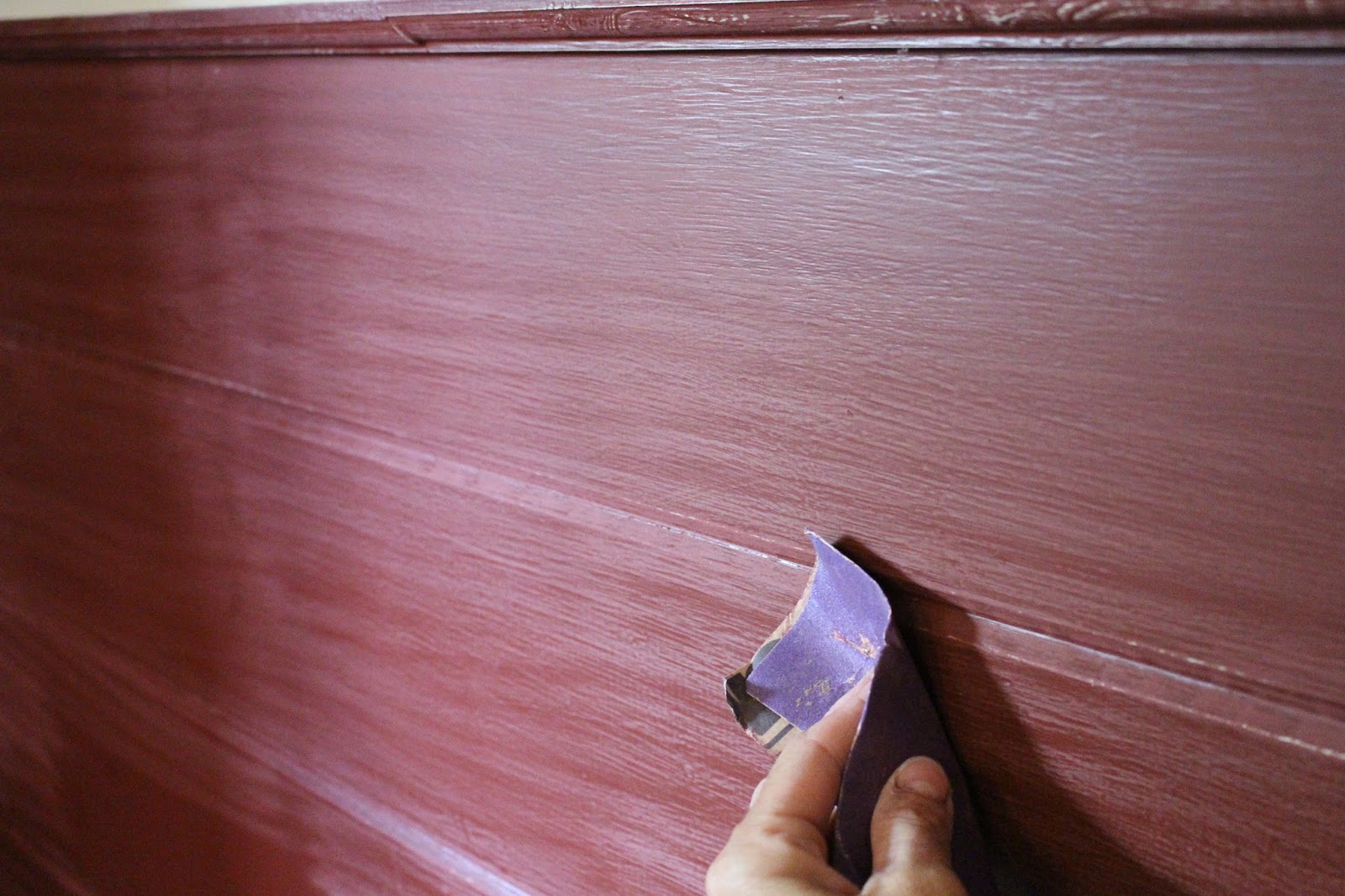
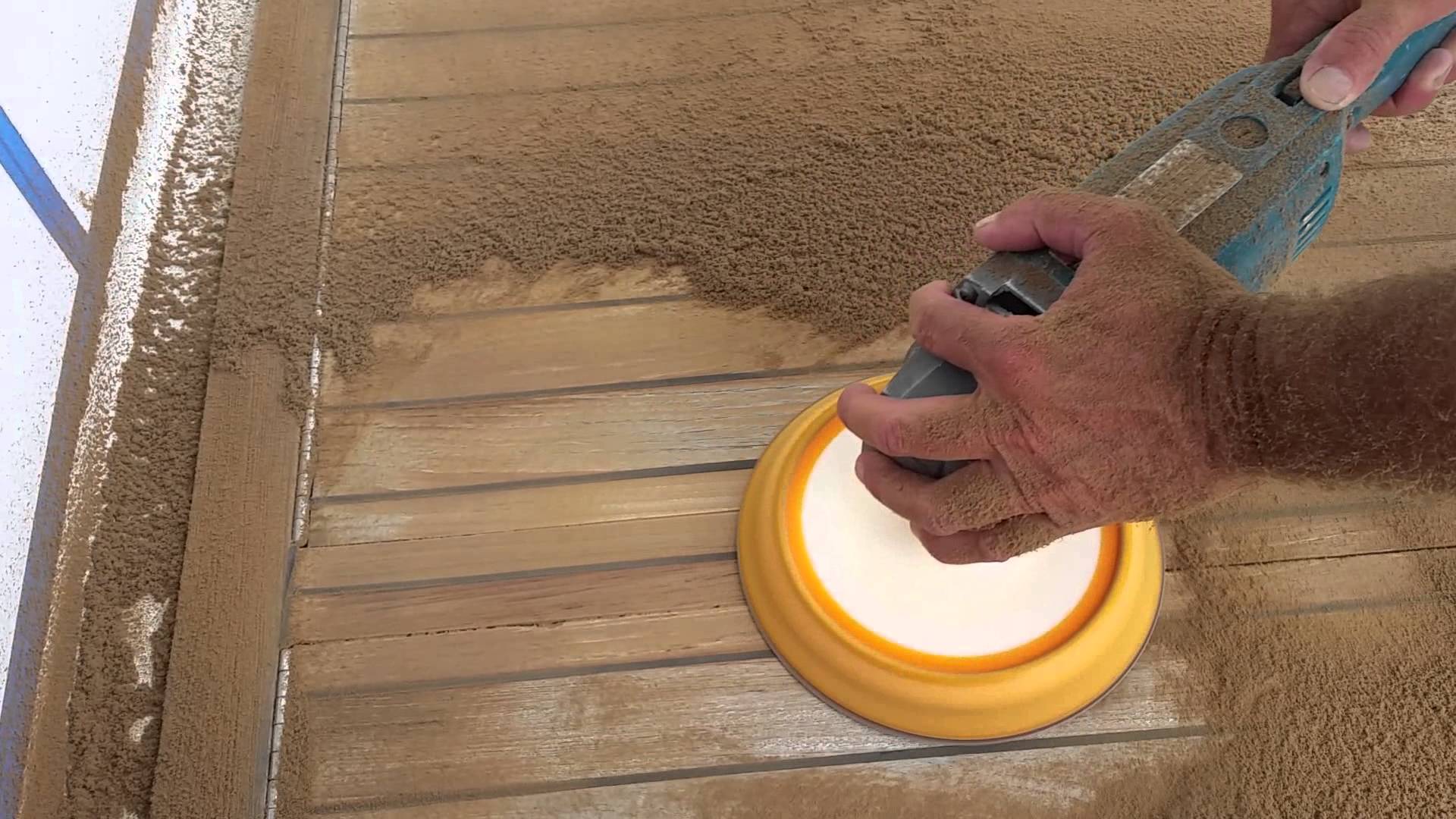
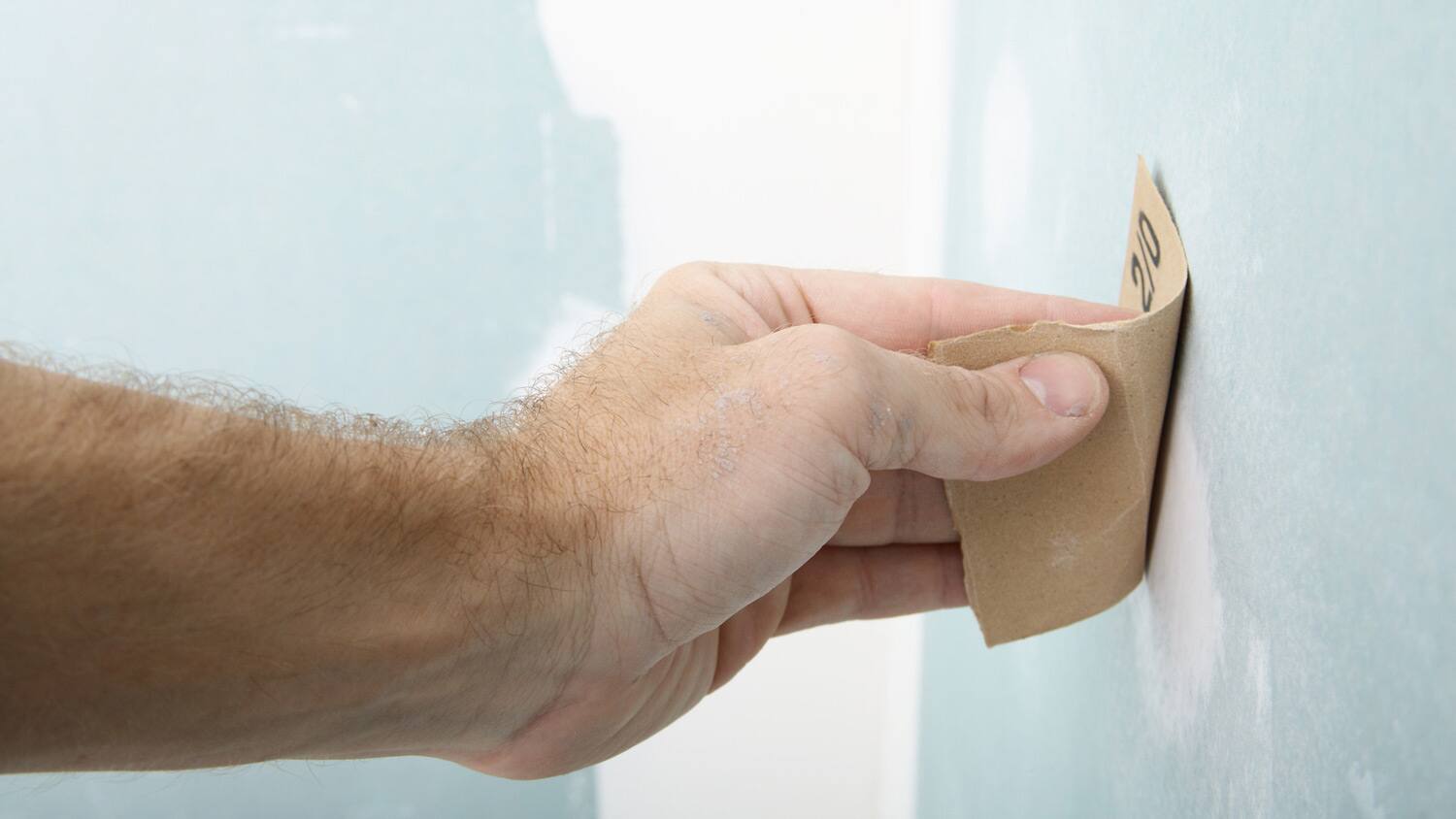
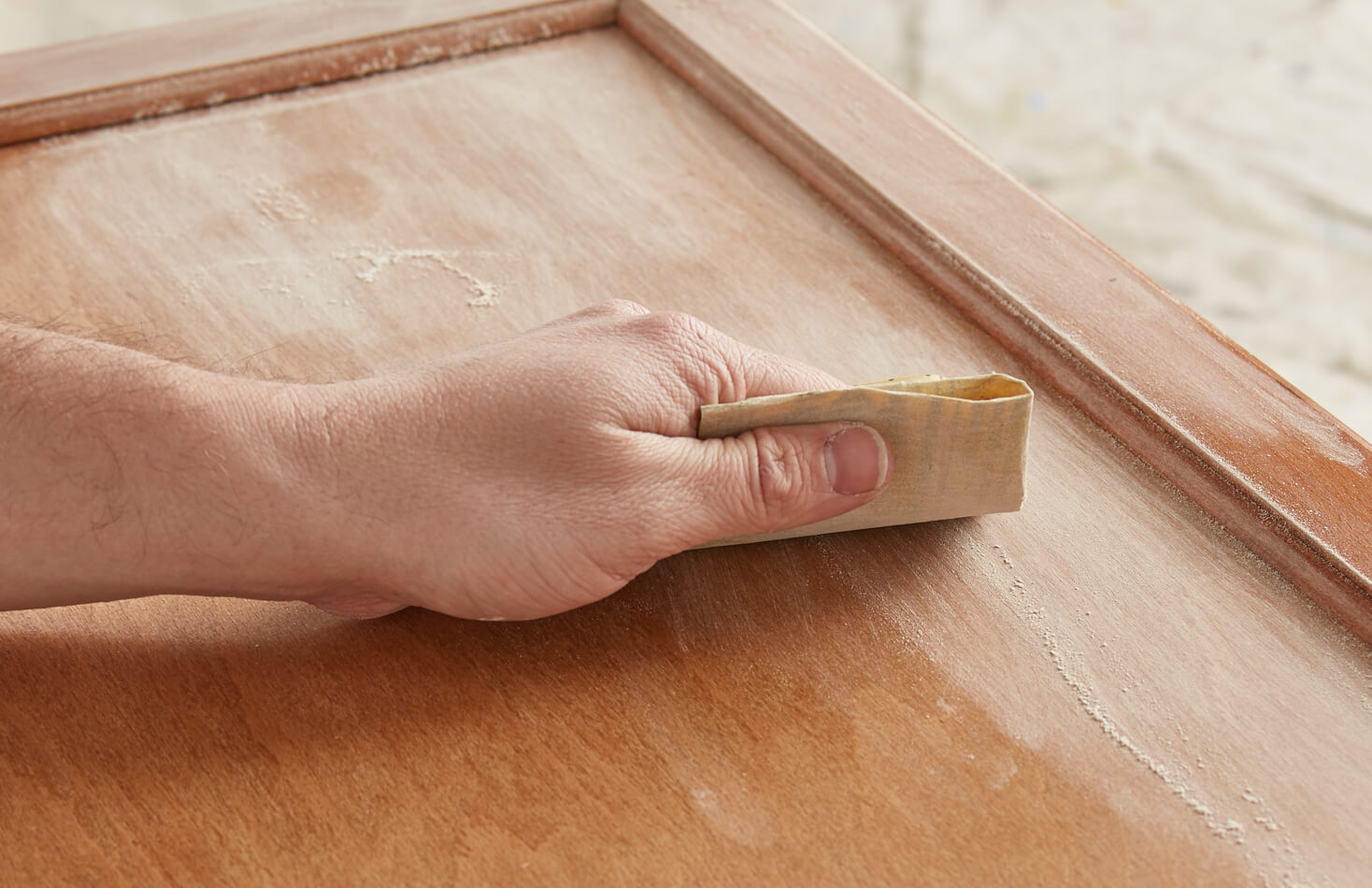
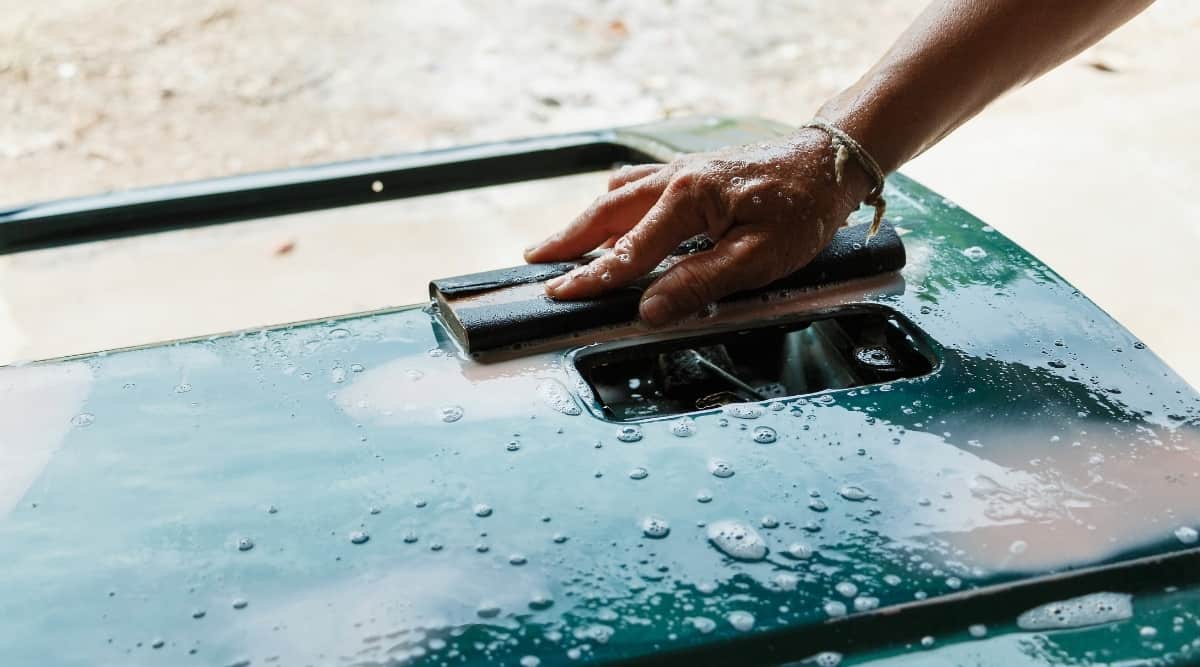
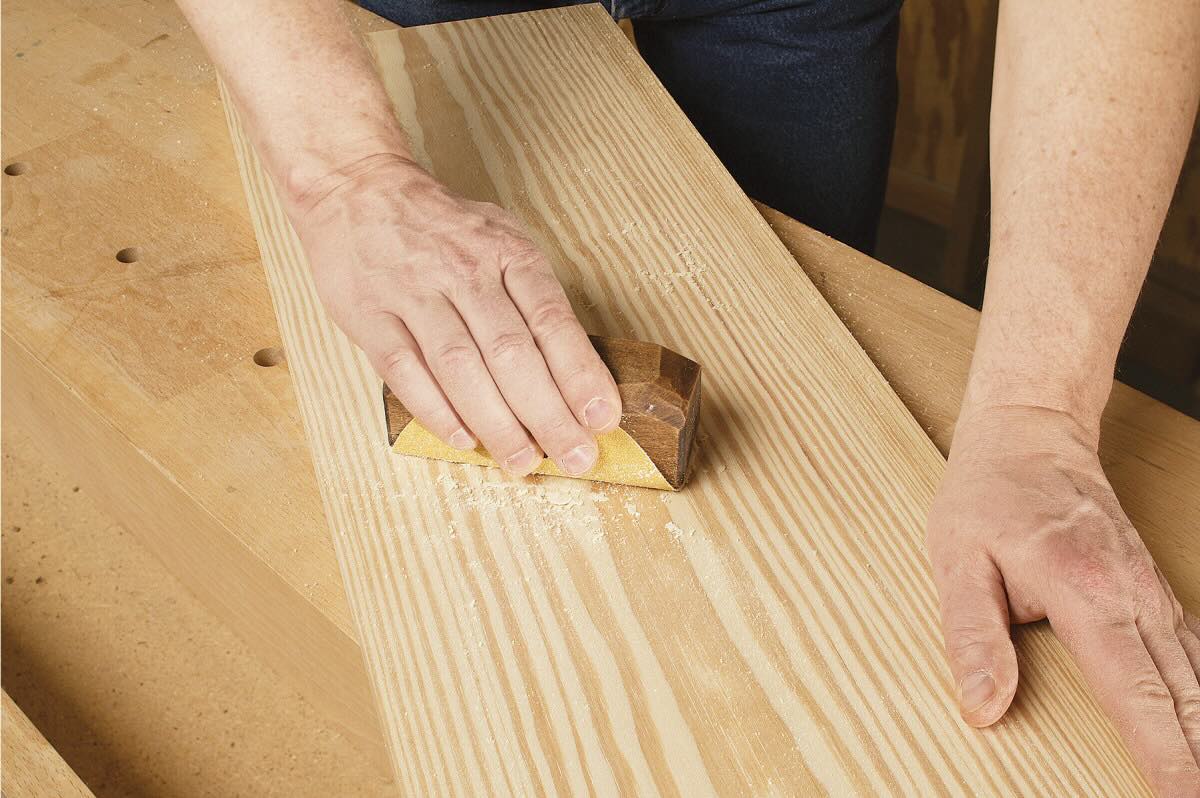
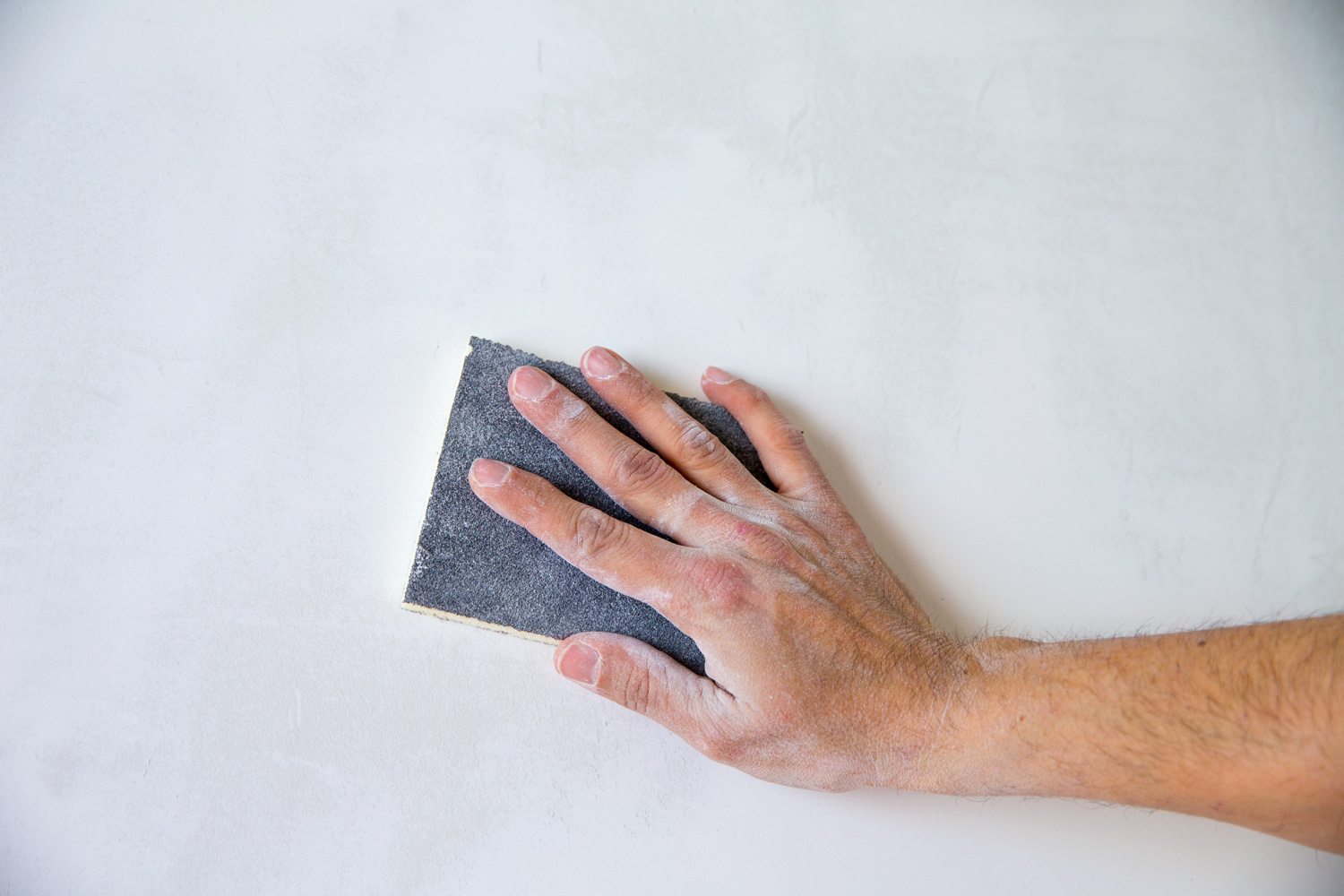
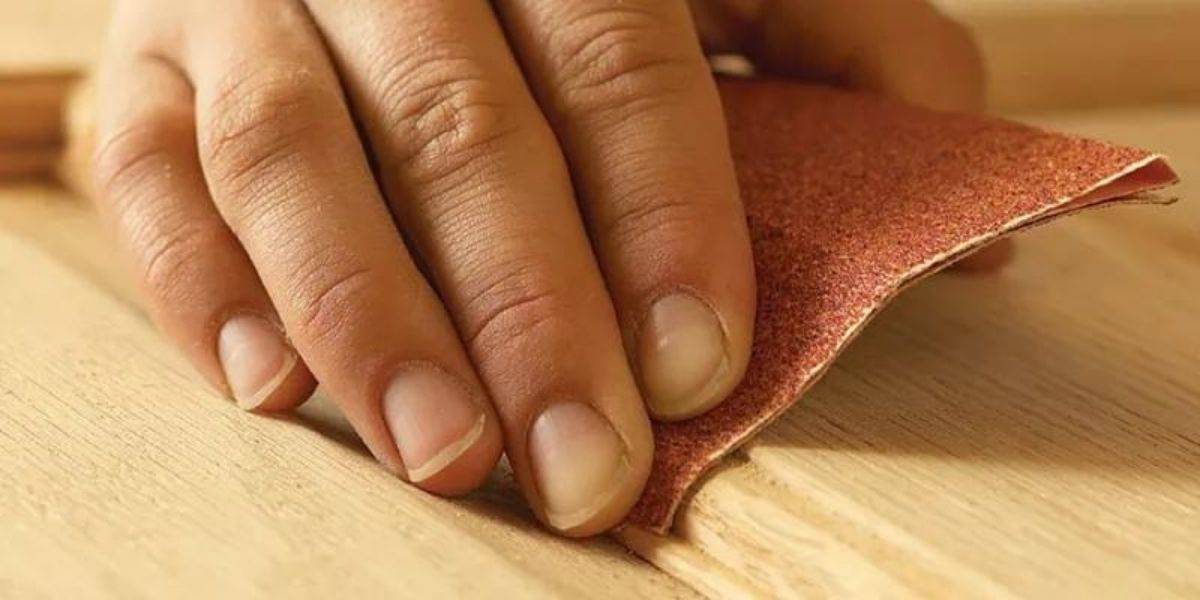
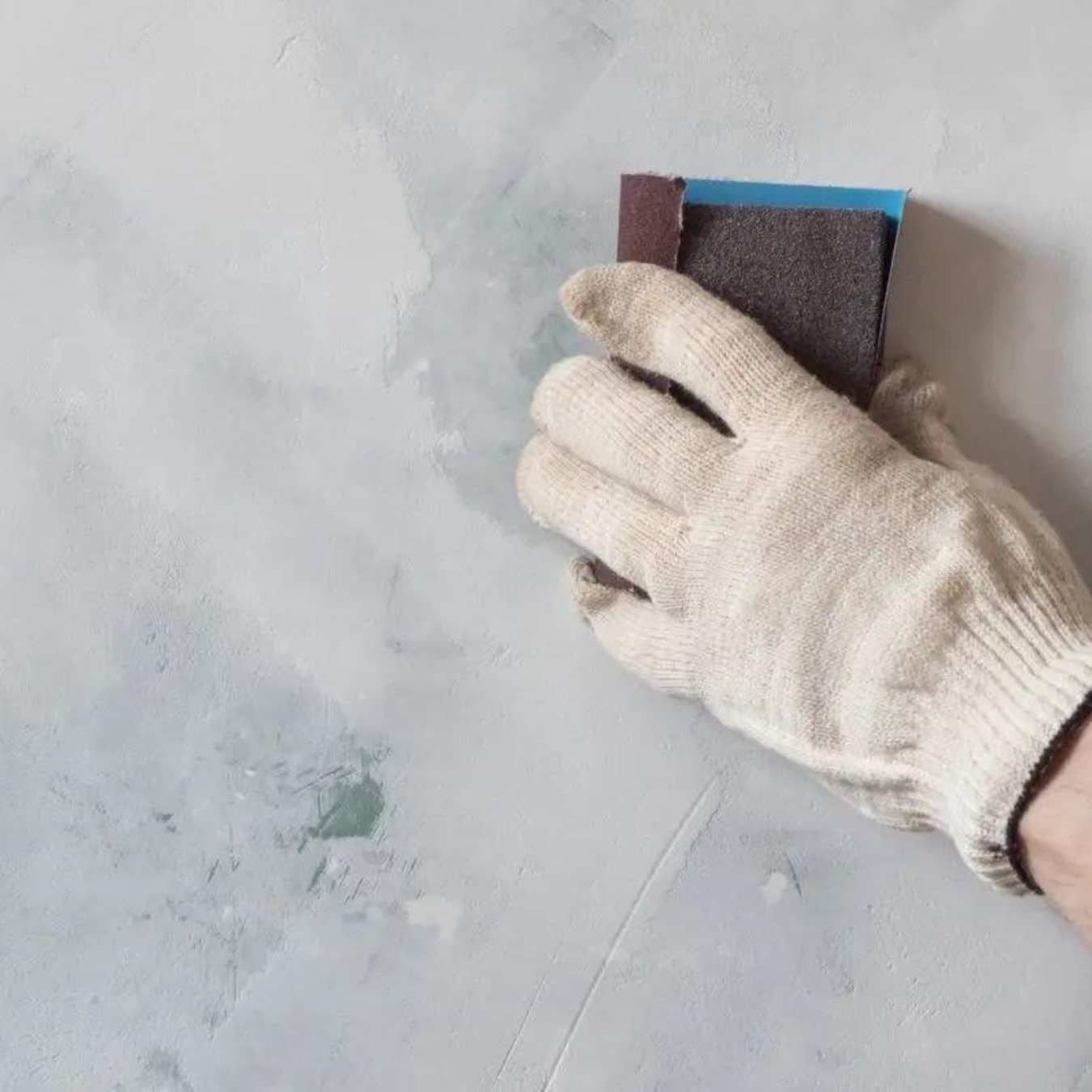
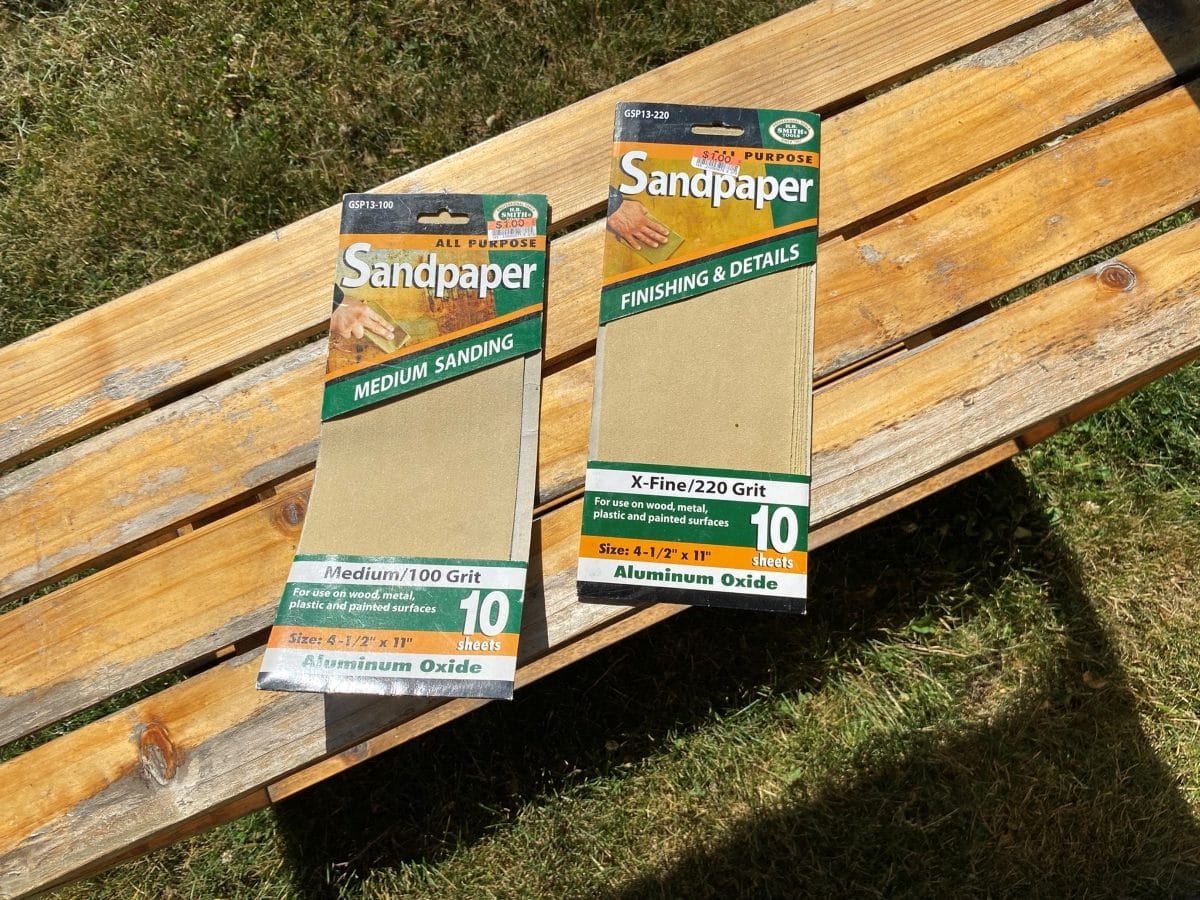
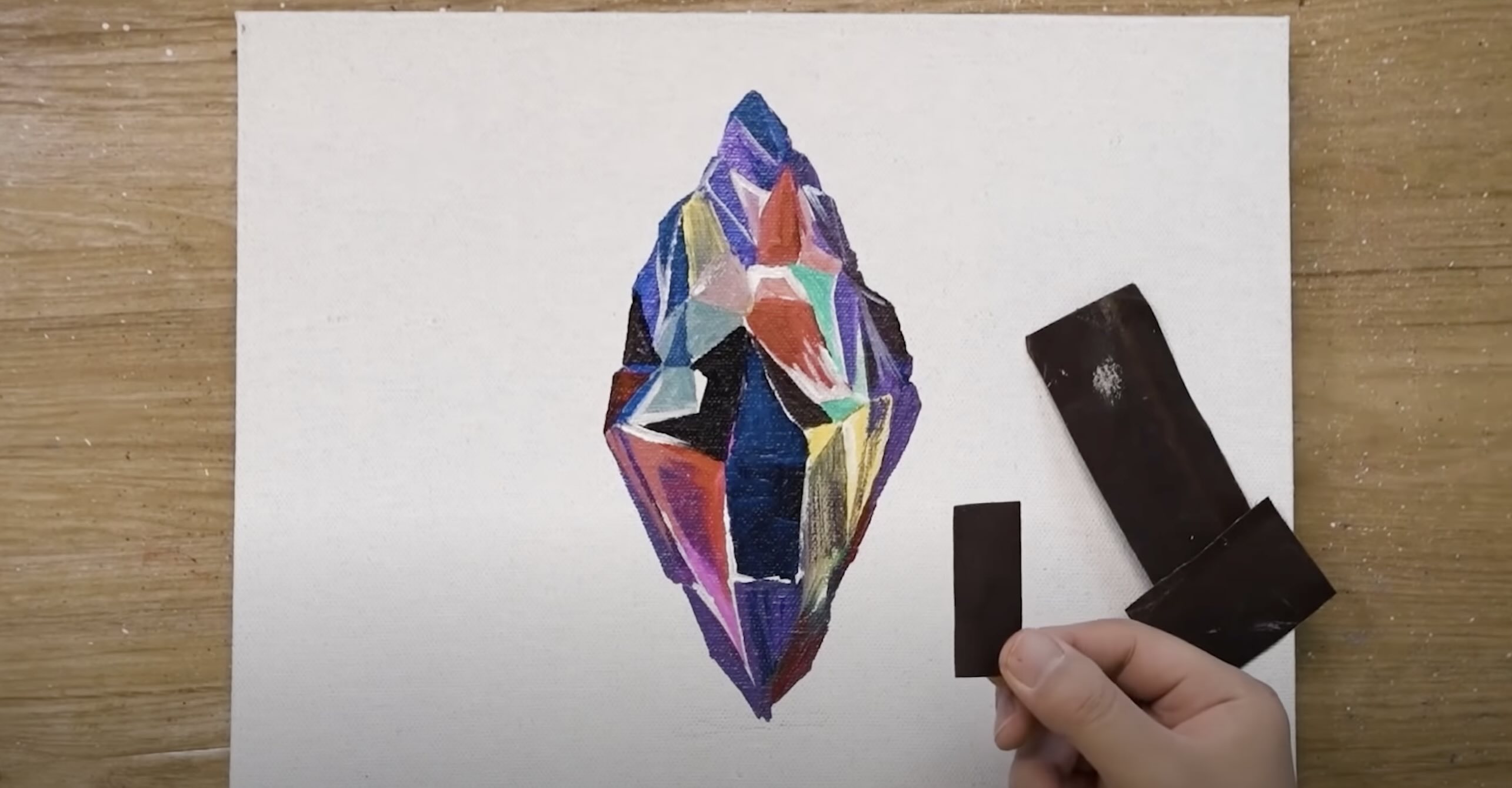
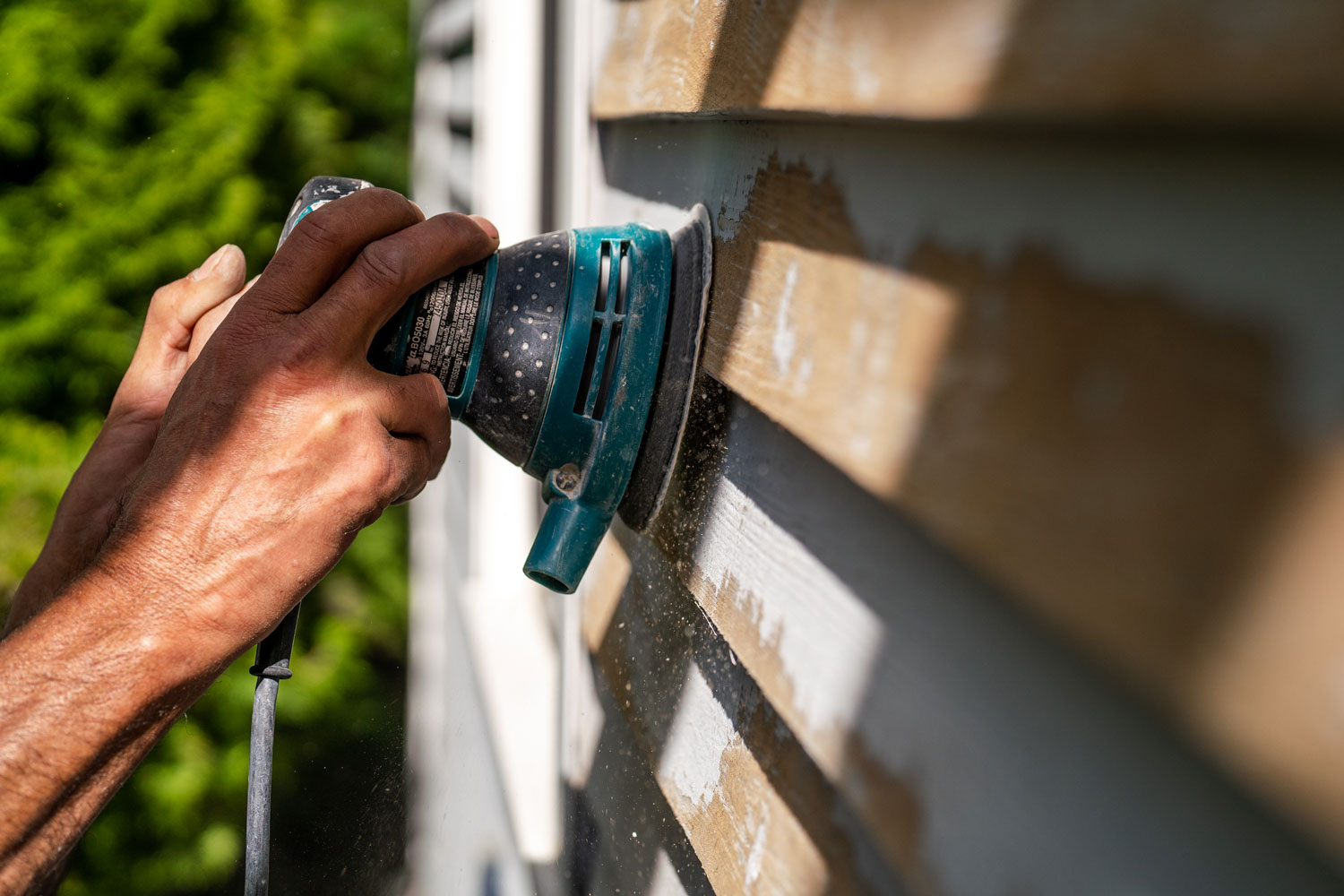
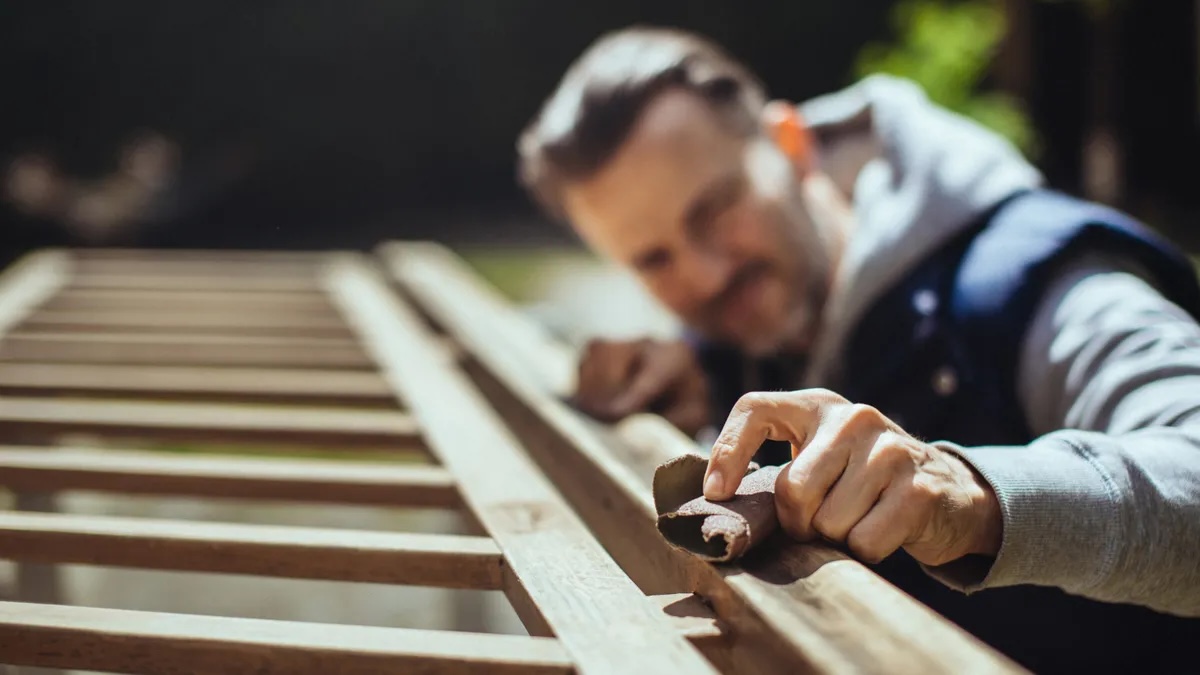
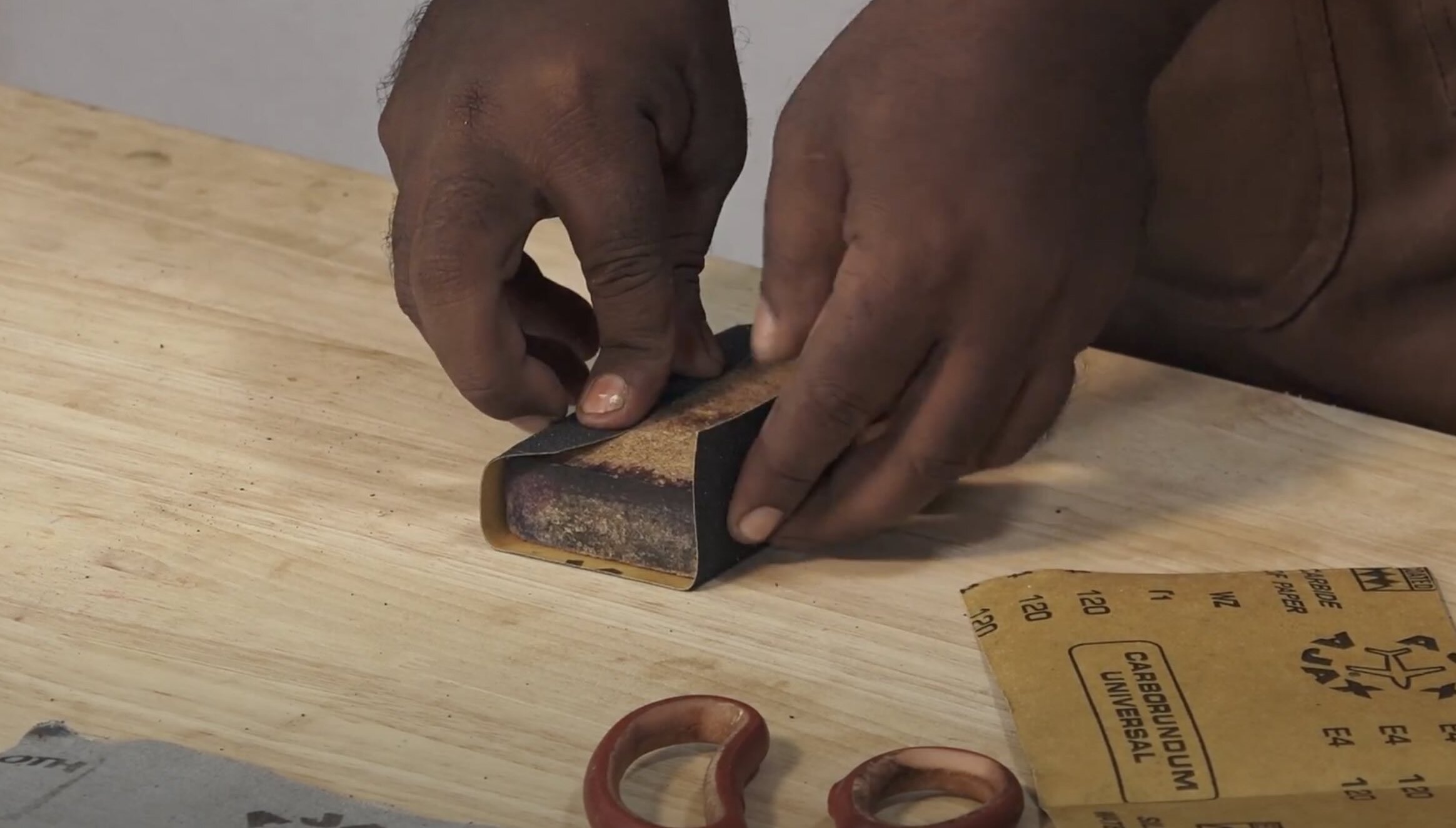
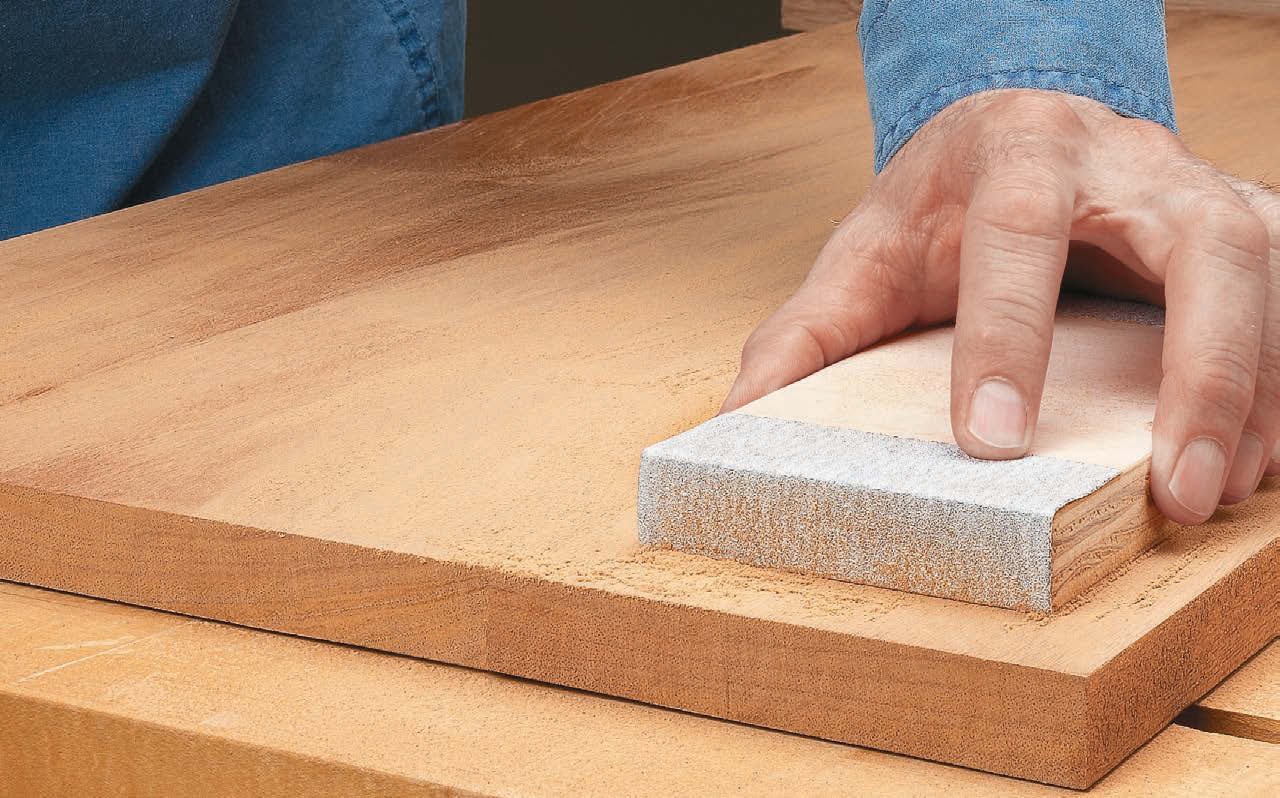

0 thoughts on “What Grit Sandpaper For Sanding Paint Off Wood”